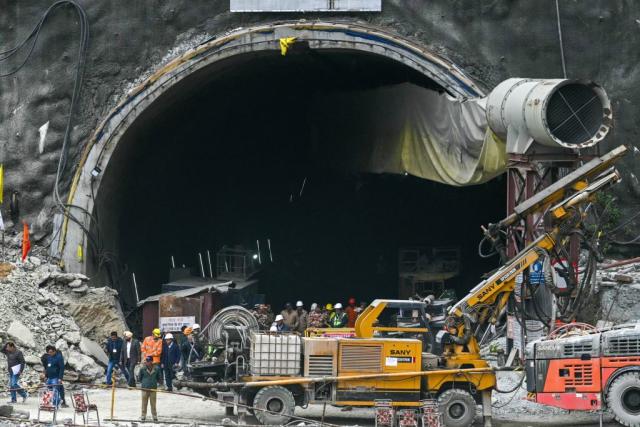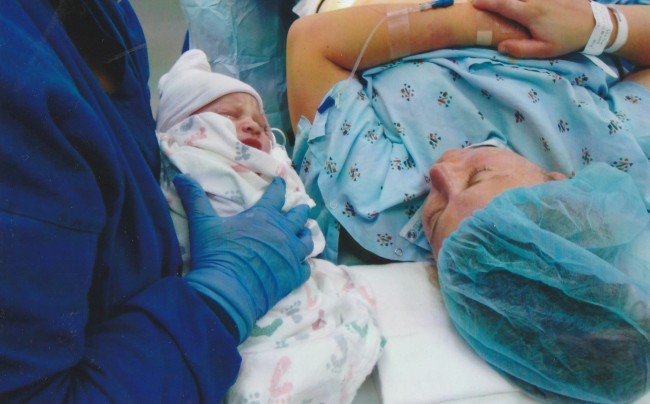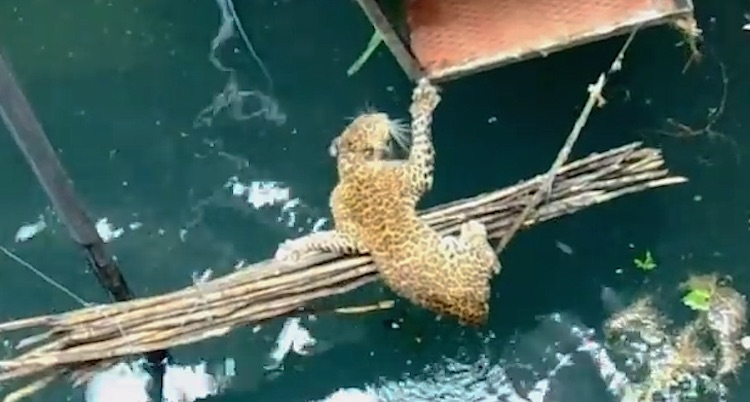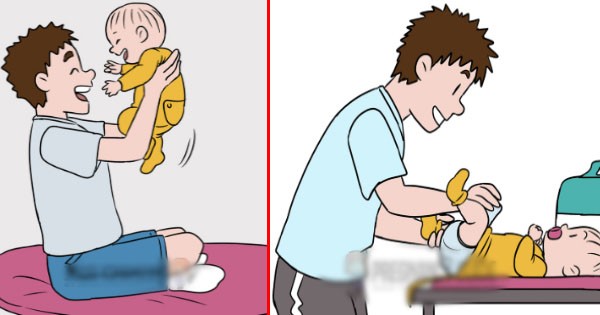
After More Than 2 Weeks, Rescue Arrives for Workers Trapped in Tunnel
After repeated mechanical setbacks, the Indian operation turned to trained miners using manual tools to clear the final stretch of debris.
Ambulances moving inside the tunnel where rescue operations were underway in Uttarkashi, India, on Tuesday.
After a more than 16-day effort to free dozens of Indian construction workers trapped inside a Himalayan road tunnel, rescuers finally cleared a path through debris on Tuesday and began pulling the men out, ending an excruciating wait for the workers and their families.
The rescue operation had hit repeated roadblocks, with officials trying multiple ways to reach the 41 stranded men in the northern state of Uttarakhand, including deploying miners using hand tools after a drilling machine had failed.
“The job of rescuing workers from the Sylkyara tunnel has begun. Eight workers have been rescued so far,” Pushkar Singh Dhami, the state’s chief minister, said in a brief statement on his social media accounts. “Preliminary health inspection of all the workers is being done at the tunnel’s temporary medical camp.”
The first rescues came close to 8 p.m. local time. Officials had said it could take about three hours to bring all the workers out through an inserted pipe, with their removal on stretchers taking roughly three to five minutes for each one. But the pace of initial rescues suggested it could be much sooner than that.

As night fell on the mountains, and temperatures dropped, the fate of the rescue had still remained unclear despite an announcement of a breakthrough early in the afternoon by Mr. Dhami. The chief minister had said that the work of putting in the pipe had been completed, and that the workers would be out soon.
The workers’ ordeal, followed closely in India with live updates on television and social media, put a spotlight on concerns long raised by environmental experts about large-scale construction projects in the fragile Himalayan mountain range. Experts say that the country’s environmental assessments of such projects are weak and prone to political interference.
The men were building a tunnel that is part of a major road project on a Hindu pilgrimage route when a landslide early on Nov. 12 trapped them behind about 60 meters, or about 195 feet, of debris.
Early on Tuesday afternoon, as officials reported that drilling had reached the final few feet separating the rescuers from the trapped workers, videos from outside the tunnel showed a bevy of activity. Dozens of rescue workers in orange jumpsuits carried ropes and ladders, parked ambulances moved toward the tunnel, and people offered prayers at a small makeshift roadside temple in the distance.
Relatives of the stranded workers were told to be ready, as one relative would be allowed to accompany each worker to the hospital.
“I will accompany Sanjay when he gets out. I feel at peace at the moment. We feel energized and happy to be told the ordeal will be over soon,” Jyotish Basumatary, the brother of Sanjay Basumatary, one of the trapped men, said by phone from outside the tunnel.
Image


In the hours after the landslide on Nov. 12, officials were able to establish communication and confirm the workers were safe. A small pipe running into the tunnel was used to get them food, water and oxygen. About a week into their saga, an endoscopy camera sent through the pipe captured initial images of the workers, easing the concerns of their families.
But over the course of the two-week operation, predictions from officials that the rescuers would soon reach the workers had proved to be false alarms.
Initial drilling efforts were hampered by additional falling debris. And by Day 13, the rescue effort appeared in disarray as an American-made auger machine broke down with less than 20 meters to go in the drilling. As workers tried to extricate it, officials initiated backup plans, including one in which workers began drilling vertically from the mountaintop.

New machines were flown in from different parts of the country. But, in the end, the rescue effort — aided by international tunneling experts — found success in manual drilling by “rathole miners” in the final stretch of the path that had been mostly cleared by the auger machine.
In India, rathole mining is a term for a method in which workers dig very small tunnels to reach coal.
Mr. Basumatary said he had talked to his brother eight or nine times since he became trapped.
“The last time I spoke to him was last night,” Mr. Basumatary said. “He said, ‘We are fine. We are getting food and clothes, mustard oil, chapatis, vegetable, lentils, rice and biscuits, apples and oranges.’”
Mr. Basumatary said that the workers had gone hungry the first day, but that basic food items — rice flakes, cashews and raisins — reached them the second day. Proper food, including hot meals, started reaching them about a week later, he said.
Most of the workers trapped in the tunnel were from India’s poorer states, such as Jharkhand, Odisha and Assam, places with high levels of migration as workers seek employment. Family members said they were working for salaries of about $250 a month.

“I am feeling very good — my heart, today, is tall like the mountain,” the father of one worker told television reporters outside the tunnel, pointing with his head to the mountain that had trapped his son.
The man, who gave his name as Chaudhary to reporters, said the government had helped him with accommodations as he waited for his son near the tunnel and had provided him the clothes he was wearing. The man had a backpack, and a television reporter asked him what he was carrying in it for his son, whom he would accompany to the hospital.
“Nothing. We have nothing, so what can I take for him?” the man said with a smile, as he unzipped the bag to show some clothes. “The clothes I am wearing were also given to me.”
“I will tell him, ‘Son, I am very happy today. The whole country, even the trees and plants, are happy,’” he said.
Uttarkashi Tunnel Ops: All 41 workers trapped inside Silkyara tunnel successfully rescued
The first worker among the 41 workers trapped inside Silkyara tunnel in Uttarakhand since November 12, has been successfully rescued. A rescue official said, “The rescue work has been completed and the trapped workers will start coming out in the next 15-20 minutes. NDRF teams will pull out the workers now. It will take around half an hour to rescue all the 41 trapped workers. There are no hurdles now…”


















































